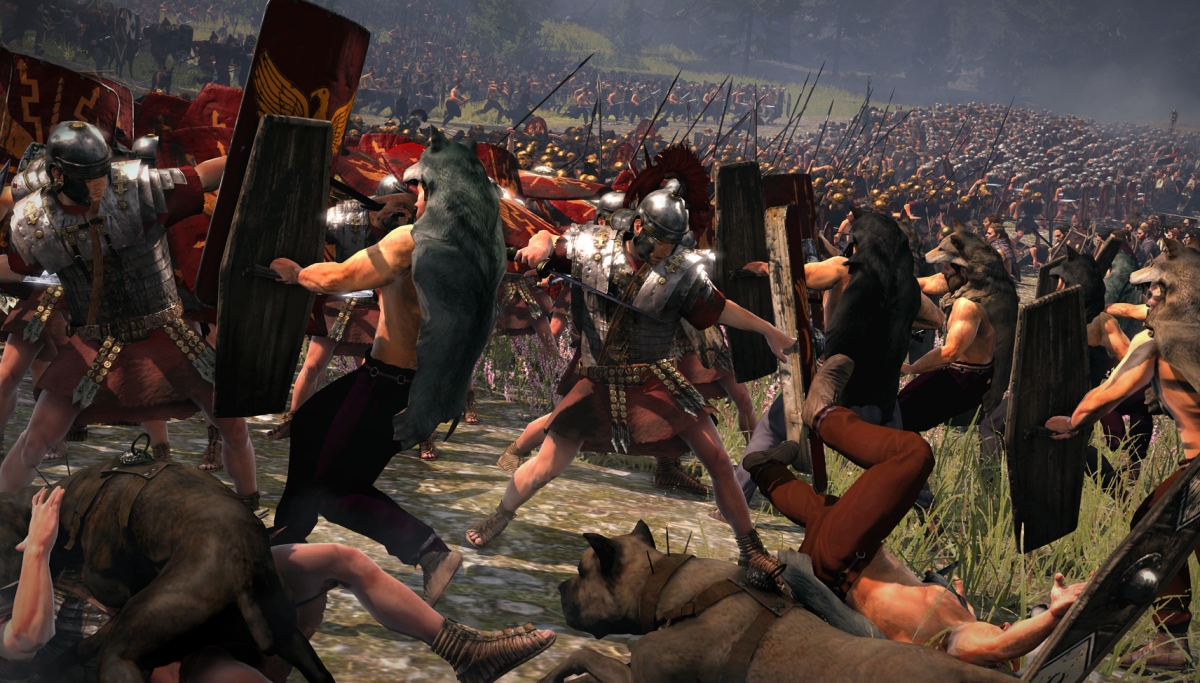


So overall, what it comes down to is the people who don't know much about history would see Japan, China, and Korea as one blob. They're all Chinese, having originated from Confucianism, Daoism, and Zen Buddhism.but Japan ended up adopting all of those elements too. You can say the values of honor, filial piety, mystical connection with nature, spiritual enlightenment, -meditation, etc are all "distinct" to the average Western audience. Or you can talk about Chinese calligraphy and character-writings, which people find to be distinct.but Japan ended up adopting that too. You can argue that the Chinese hanfu, the mutli-layered robed clothing is distinct, but Japan ended up adopting that clothing style too for their kimonos and yukatas. That's Chinese in origin, but the problem is Japan ended up adopting that architecture too. (this causing the stereotypical blob East Asian culture)įor example, you can argue that people can easily recognize the distinct East Asian architecture of winged-slopped roofs.

Japan adopted a lot of Chinese elements throughout history, so it's harder to consider something distinctly Chinese when it's also considered all of East Asian culture. The average person can't tell which feature is from which country.Ģ. I would say it's not that Chinese culture doesn't stand out from Japanese culture, but because:ġ.


 0 kommentar(er)
0 kommentar(er)
